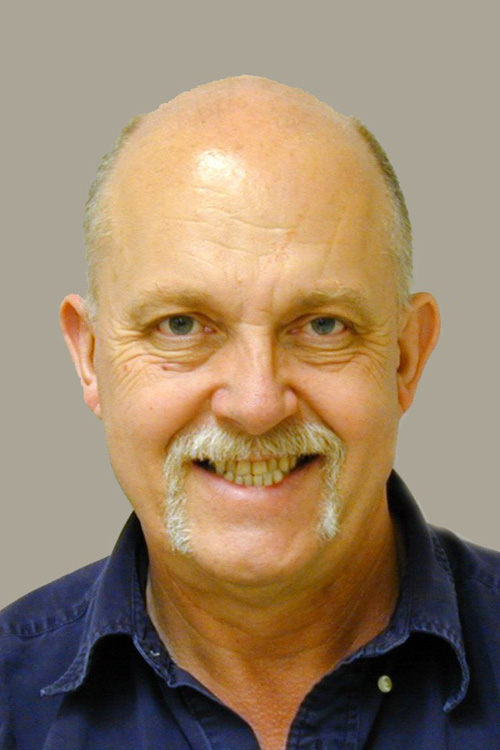Kent State University continues to march in the vanguard of technological advancement. A KSU researcher has joined a cutting-edge collaborative study into light-driven materials.
The technology has the potential to replace electric motors unilaterally.
The Office of Naval Research awarded a $7.5 million Multidisciplinary University Research Initiative (MURI) grant for a five-year project led by Polymer Scientist Dr. Ryan Hayward at the University of Massachusetts – Amherst, with five other participating institutions, including KSU.
Dr. Peter Palffy-Muhoray, a physicist in the Advanced Materials and Liquid Crystal Institute (AMLCI) at Kent State, will receive roughly $1.2 million for his part in the project.
“It’s a very exciting time, because I think we’re really at the threshold of this fundamentally new technology,” Palffy-Muhoray said. “What I think is exciting here is the idea of eliminating motors and wires, and just using light directly to do work. You can shine a laser at something or use an optic fiber to guide the light, but the idea is to use light directly to do work, and I think that that’s a big step forward in technology.”
Palffy-Muhoray said studies show that the power generated by large electric motors could be easily transmitted through thin optical fibers.
“There are a lot of light-responsive materials out there. Liquid crystal elastomers are one such material, but not at all the only material. There are metals that undergo light-induced deformations, and there are organic crystals that change their shape when illuminated.”
Hayward has stated that the fundamental insights gained, and access to improved material properties, will put these “photomechanical materials” to use not only in smart buildings and remotely-controlled robots, but also in self-regulating optical devices like “smart lenses” or mirrors that self-adjust to maintain proper performance despite changing environmental conditions.
Hayward and Palffy-Muhoray will work with colleagues from the UC Riverside; UC Santa Barbara; Stanford University, and Cal Tech. The team will use quantum mechanical modeling to generate new classes of light-responsive moleculars, then pair them with new hosts through self-assembly to reach large-scale material architectures.
“In the future, in some cases we may not need solar cells, but use instead new photoactive materials that do the work directly,” Palffy-Muhoray said.
Media Contacts
Emily Vincent: evincen2@kent.edu, 330-672-8595
Dan Pompili: dpompili@kent.edu, 330-672-0731
